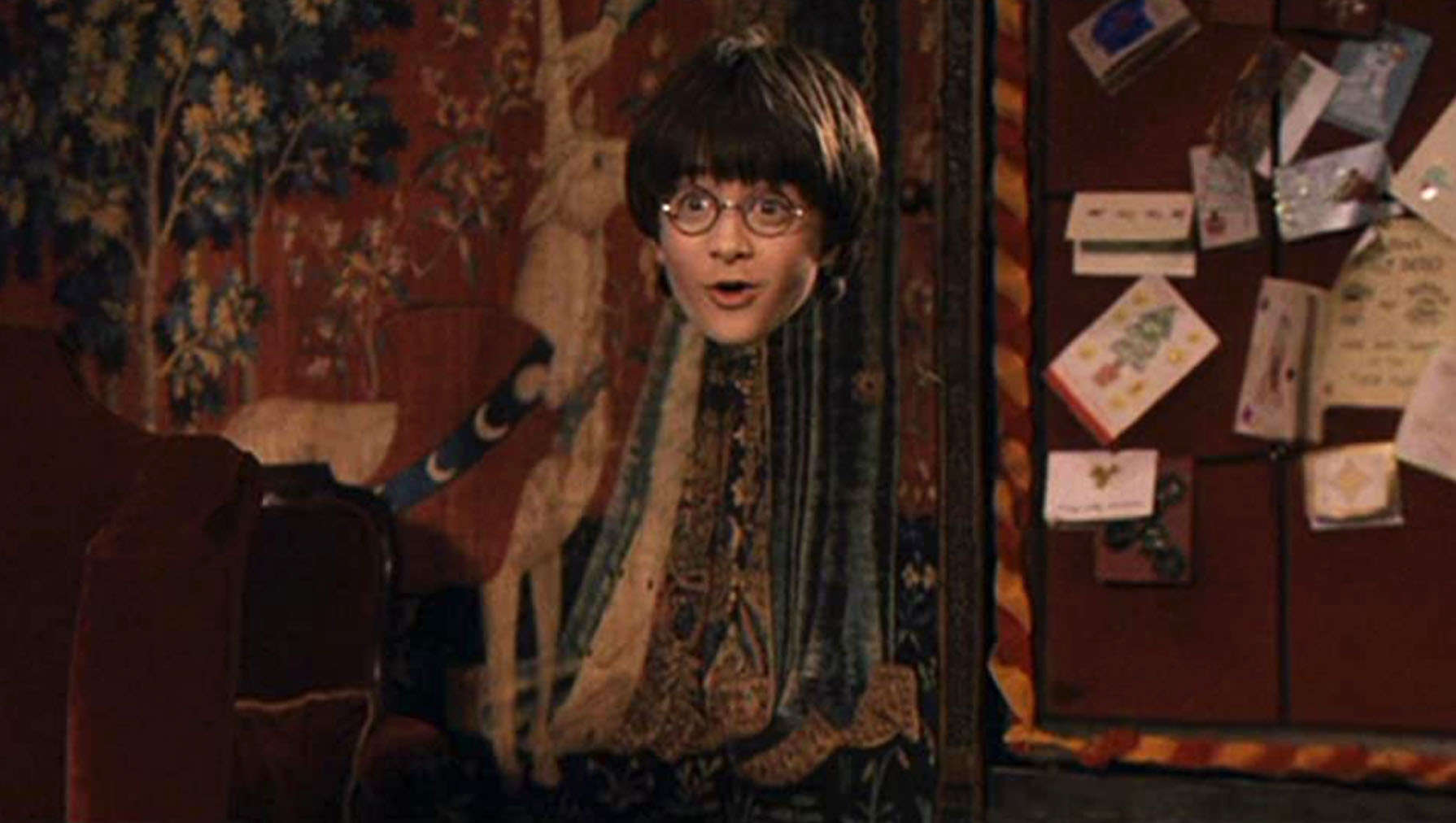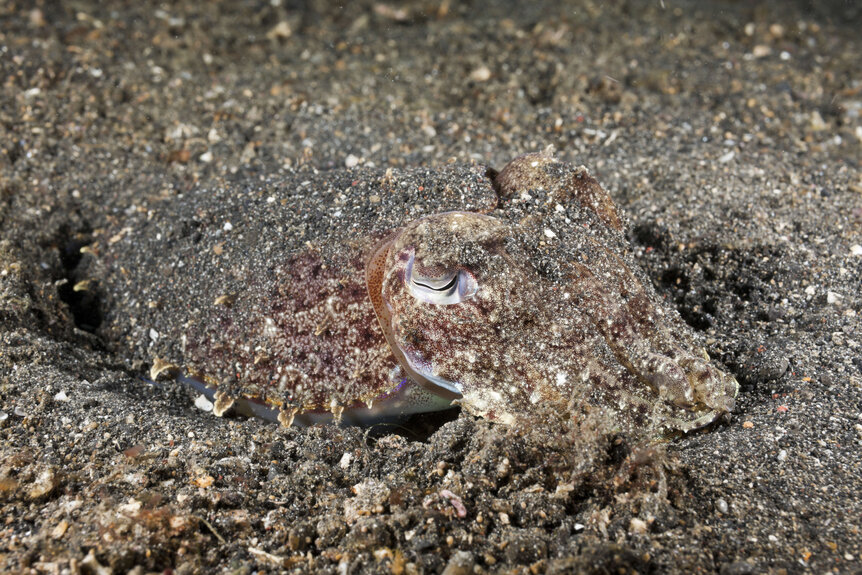Create a free profile to get unlimited access to exclusive videos, sweepstakes, and more!
Cephalopods’ invisibility powers could someday be ours, now that we know how to control them

If you’ve ever wanted your own invisibility cloak, just like Harry Potter's, it could soon be (sort of) possible.
The wizardry of changing color, or at least wearing something which changes color, might be more than just fantasy. Reflectins are the light-reflecting proteins that make cephalopods like squid, octopi, and cuttlefish such masters of disguise. These proteins reflect light to help a cephalopod disappear into its surroundings so it seems invisible to predators. Now scientists at UC Irvine have finally figured out the structure of reflectins at a molecular level and are able to manipulate them — almost like magic.
“We saw that a reflectin variant undergoes a molecular-level transformation from a partially disordered to a more ordered structure when shaken in a solution,” Alon Gorodetsky, who coauthored a study recently published in PNAS, told SYFY WIRE. "This structure transformation is accompanied by an evolution of the variant's assembly and changes in the light-manipulating property of the protein. In essence, we demonstrated the ability to control how reflectin-based structures interact with light."
Because reflectins do not have an orderly 3D structure, they have been especially difficult to understand, but they are capable of things that seem almost fictional. They can assemble and reassemble themselves in different ways depending on where a cephalopod wanders and what camouflage it needs, responding to stimuli around them to pull a vanishing act. Their functions can also be customized, and are even compatible with other biological systems. They could someday be merged with human cells, or potentially help create next-gen stealth tech, if anyone can actually figure out how to do it.
Gorodetsky and his team had to make sense of the weird structures of reflectins before any magic happened. Previous studies of reflectins had revealed an incredibly complex structure comprised of both primary and secondary elements, which was only complicated more by the strange sequences of molecules that they are made of. Using them in biomaterials will mean finding ways to overcome their extreme sensitivities to changes in the environment. Unlocking the molecular structure of reflectins is necessary to create materials and devices that work like an invisibility cloak, but no one had ever completely demystified it.
After choosing a simpler reflectin variant that would behave like the more complex version of itself, Gordodetsky and his team used just about every method imaginable to see into its structure.
"We leveraged a variety of computational and experimental tools, such as molecular dynamics simulations, small-angle X-ray scattering, and nuclear magnetic resonance spectroscopy to gain insight into the geometery and molecular level structure of the protein," he said. "We then formed larger architectures from the protein using mechanical agitation and studied them wtih atomic force microscopy and holotomographic microscopy."
The team saw that the structure of the protein was directly correlated with its optical properties. Meaning, the molecular structure of a reflectin is what makes it possible for it to shift colors and confuse hungry sharks. If a predator is swimming underneath a squid exposed to sunlight, that squid will appear to blend into the water from different angles depending on how structures in its skin reflect and scatter light. It might as well not even be there.
“Given the similartiy between our selected reflectin variant and most known reflectins, our findings provide new molecular-level insights into the structure-function relationships for these proteins,” Gorodedtsky said. "Holotomographic microscopy allowed us to directly measure the refractive indices of the architectures and was especially important for making connections between structure and optical properties."
What the reflectin revealed through the study was that its 3D structure does not always stay in a state of total chaos, since it can morph into something partially ordered. It is also highly flexible and can rearrange itself in multiple ways without any human intervention. This is only going to make the development of reflectin-based substances easier. Superpowers aside, it also gives a deeper understanding of structures in cephalopod skin, such as iridophores that change colors using crystalline plates of stacked cells. While they are not yet completely understood, the properties of reflectins offer more insight.
It will still be a while before invisibility cloaks are actually a thing. But when they are, you can thank a cuttlefish instead of Harry Potter.















